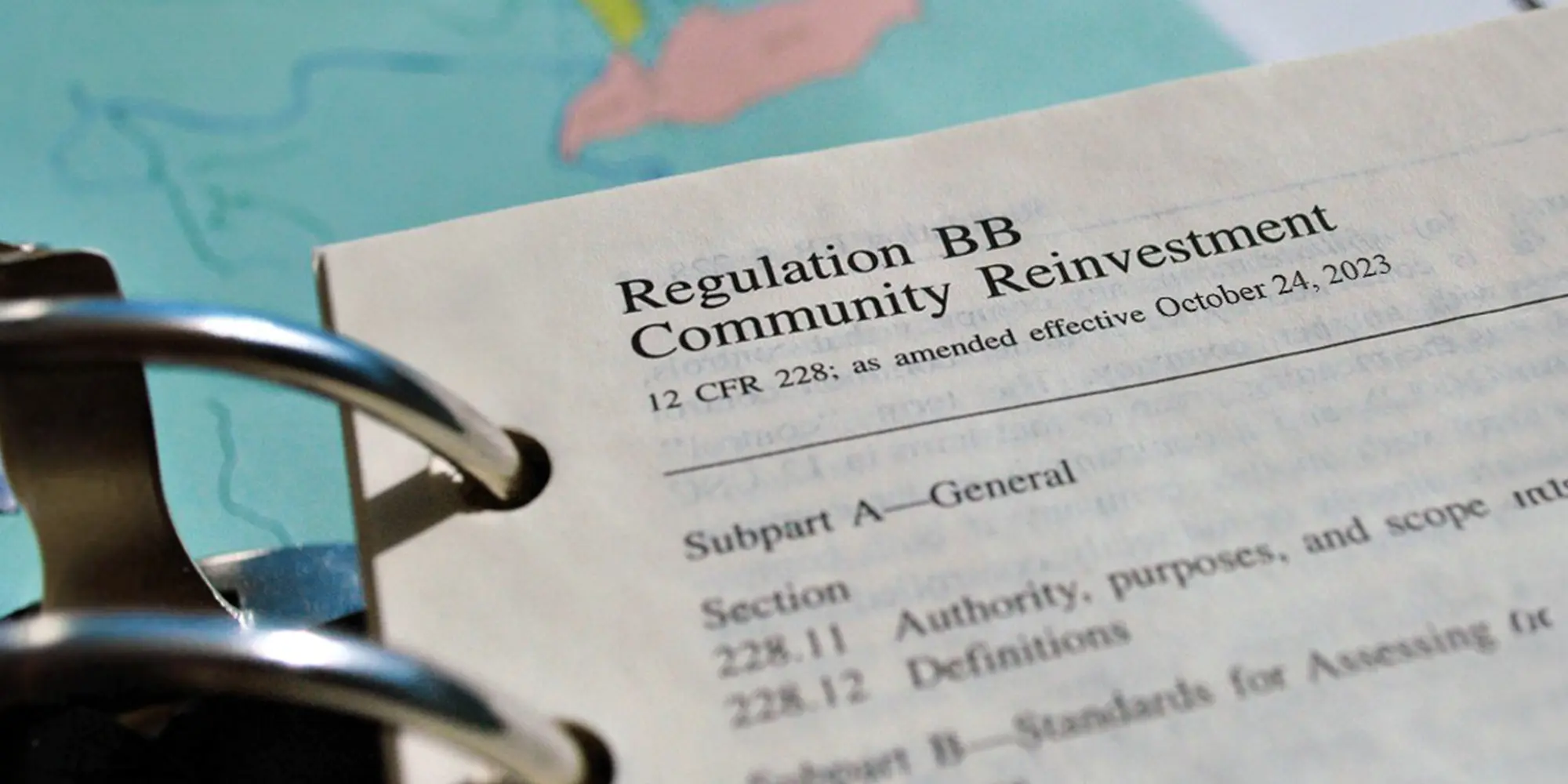The cost and frequency of billion-dollar climate disasters are devastating to communities in the United States. According to recent data from a Ceres/ESG Initiative/Wharton Climate Center study, there were 15 large-scale climate disasters in 2022 with combined costs of $300 billion. In 2000, meanwhile, there were just five disasters causing $100 billion in damage — indicating an alarming increase over the past 20 years.
For insurers, this steady upward trend creates a challenge. With each year resulting in more insurance claims, there's no opportunity for companies to build up cash reserves. Instead, they're in a constant cycle of high-volume claims and payouts. This has led to insurance providers significantly increasing the cost of climate-related insurance or refusing to sell these policies in hard-hit areas, where some residents are already vulnerable economically.
The result? Companies are caught in the crossfire. If they don't offer cost-effective climate policies, they could face significant reputation damage and lost business. If they make these policies affordable, increased payouts could lead to bankruptcy. Is there a middle ground?
Climate Challenges
Hot, hot heat will impact more than 100 million Americans this year. As noted by a peer-reviewed extreme heat model from the First Street Foundation, 50 counties will likely see temperatures above 103 degrees in 2023, affecting 8.1 million residents. By 2053, these numbers will climb to 1,023 counties and 107.6 million Americans.
This creates a challenge for insurers: How do they develop climate change policies for these areas when risk is steadily rising? The problem is exacerbated by socio-economic factors. In many cases, homeownership is more affordable in disaster-prone locations. As a result, low-to-moderate-income households and communities of color are disproportionally impacted by these disasters.
Given the repeated risk that these areas pose, there's growing concern that insurers are abandoning these communities by making climate insurance scarce or unaffordable for them.
Potential Solutions
For insurers, current conditions can seem like a no-win scenario. If they offer climate-friendly policies, claims volumes could leave them bankrupt. If they don't provide these policies, they could be seen as prejudiced and lose enough business to have the same effect. But it's not all bad news — with the right approach, insurers can find a middle ground between payouts and public outcry.
First is the introduction of new insurance products, such as parametric insurance. This type of insurance provides cash payouts immediately after an incident and is triggered by a measurable event, such as flood water levels or temperature. Policyholders don't need to submit paperwork, and insurers don't need to send out adjustors, streamlining the process on both sides.
There's also an opportunity here for proactive parametric insurance payouts — for example, if weather predictions indicate a high likelihood of flooding, parametric insurance could pay out to homeowners before water levels rise, allowing them to reduce their risk of damage by purchasing sandbags or premade flood dams.
Another opportunity is the use of big data analysis for more accurate risk assessment and risk-setting. By combining historical and current climate data, insurance companies can get a better picture of what's likely to happen in the next few months or few years, in turn allowing them to set premiums based on data-driven risk modeling.
This leads to the final opportunity: building consumer trust through industry leadership. This could take the form of insurance incentives for homeowners who take steps to reduce their climate risk, or it could be a transparent approach to premium, deductible, and other insurance costs. Even if these policies aren't cheap to purchase or maintain, willingness to show the math behind what they cost and how they work can go a long way to building consumer trust.
Collaborative Success
Effective solutions require a collaborative approach.
A solid starting point is new government funding, which can help low-income multifamily housing become more energy-efficient and disaster-resistant, in turn reducing climate change's impact on homeowners.
Data analysis technologies also help insurance companies model risk and costs, allowing them to create policies that protect homeowners without taking on undue revenue risk. Insurance providers can also take steps to improve client and community relationships with the creation of action-driven environmental, social, and governance (ESG) policies. If companies are willing to listen and learn from both client and stakeholder input, they can develop ESG policies that are sustainable over time.
Community-focused efforts, meanwhile, can help insurance companies better connect with residents and communicate value. For example, Ichor recently helped a state health insurance exchange navigate the re-enrollment of clients as New York State's automatic Public Health Emergency (PHE) insurance renewal program came to an end. By connecting with local grassroots organizations, healthcare organizations, tenants' associations, and faith-based leaders, Ichor gained an understanding of both hyper-local challenges and best practices to overcome these challenges.
For insurance organizations facing similar challenges in disaster insurance enrollment, this type of hyper-focused knowledge-gathering approach can help create tailored campaigns that increase resident awareness and engagement.
The Only Constant Is (Climate) Change
Climate disasters aren't going anywhere. For insurers, increasing risk creates a paradox: Can they afford to offer insurance in hard-hit areas, or are they better served by pricing these policies out of reach?
Rather than an all-or-nothing approach, companies should aim for a middle ground. In practice, this means combining transparent pricing with parametric insurance policies, the application of technology to better track and assess potential disaster impact, and community-focused efforts that look to shore up disaster resistance at scale.
The result? Adaptable frameworks that are better suited to handle the evolving realities of climate change.




